Oak brooms for a bath
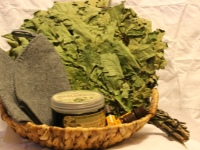
Professional bathhouse attendants say that a bath without a broom is just a sauna. The oak broom, steamed and used according to all rules, becomes the best friend for every healthy person. About whether it is in fact, what benefits do oak branches bring the body, and how to collect and harvest them correctly for the bath, and we will tell in this article.
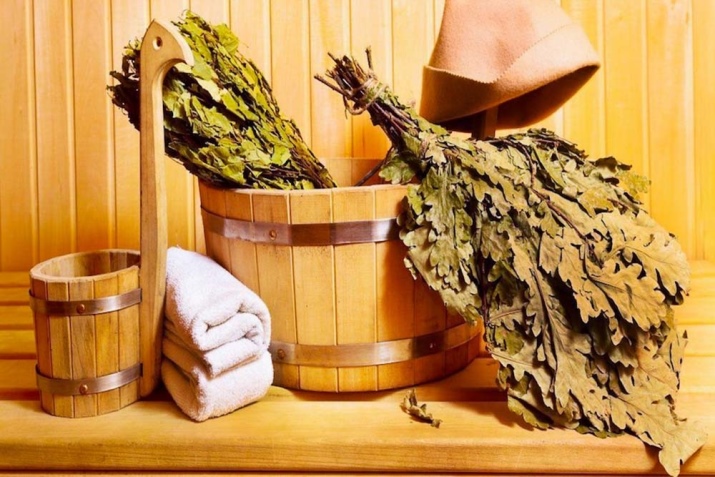
Useful properties and possible harm
Oak broom, along with birch broom, is considered the most useful and the most popular among fans of the bath and rest in it.
Moreover, it is believed that it is the brooms made from the branches of these trees that give a healing effect.
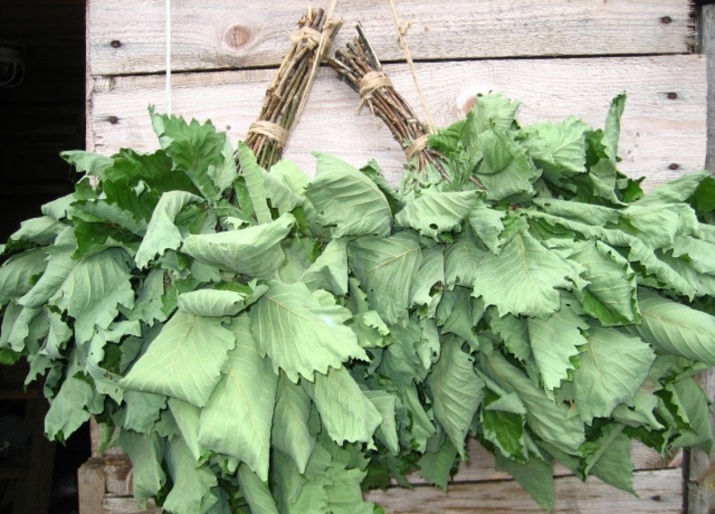
This is partly true. A broom made of oak can also be useful.
- The leaves and branches of this tree contain a huge amount of tannins. As a result of using such a broom is reduced inflammation of the skin, small wounds heal faster and the general tone of the epidermis increases.
- The steam pressure, warming of pores and relaxation of muscles in the bath with the use of this attribute significantly increases. It is especially important for people actively engaged in physical labor and sports - complete relaxation of muscles is achieved only this way.
- It is the oak broom that helps to relieve psychological tension as well. Sedative substances help to calm down more quickly, relieve tension and, if used regularly, improve sleep.
- Sweating with a broom helps to normalize sebaceous glands activity, regulate the process of sweating.
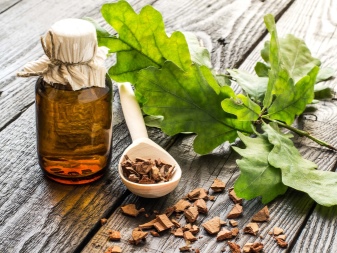
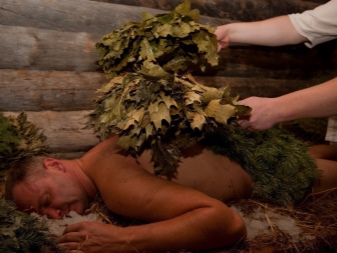
In addition, the very patting movements on the body in the bathhouse - is a good massage, which has a beneficial effect on the appearance of the skin, and on the overall psychological state of the person. It is not in vain that some people say that after the bath with an oak broom you feel as if you have been born again.
But an oak broom is not only a benefit, but also some potential danger for the human body.
- The wide leaves of the oak produce powerful streams of hot air. As a result, the cardiovascular system is severely stressed. This means that people who have such diseases should refuse to use an oak broom.
- In addition, a visit to the bath also always causes an increase in blood pressure. Together with powerful streams of hot steam it can lead to a sharp deterioration of health. Hypertensives should exercise special caution.
- The oak broom has the highest weight of all the other varieties. If used incorrectly, it can easily traumatize your skin, leaving it in abrasions, scratches and bruises.
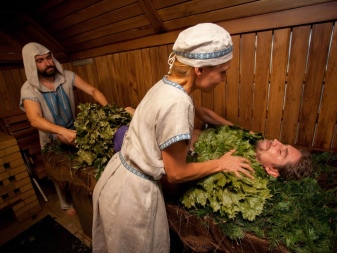
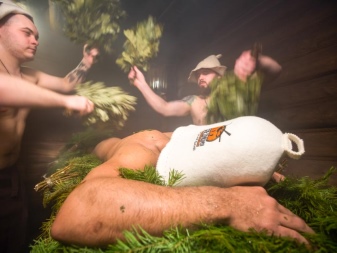
Therefore, before taking an oak broom to the steam room, you should carefully and soberly assess your state of health, compare the potential benefits and harms of its use.
Otherwise, instead of recovery and a pleasant rest, you can only aggravate your state of health.
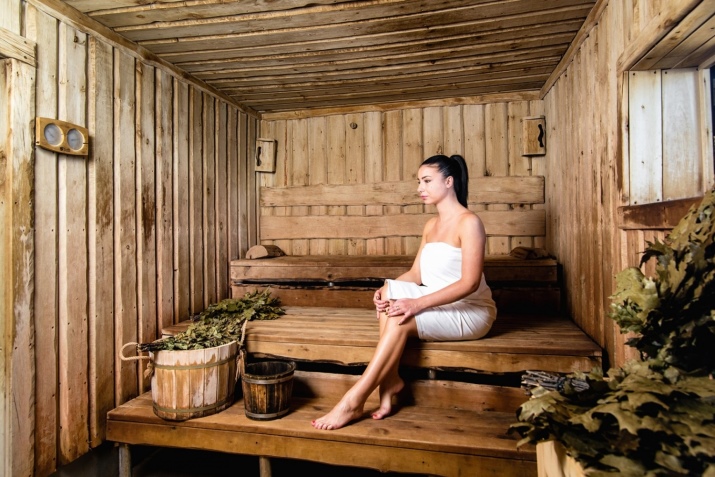
How to prepare the raw material?
You can knit brooms for the bath from different varieties of oak, but the best is considered to be the Canadian oak. It has wide and strong leaves, which make your visit to the steam room pleasant and useful. But it is necessary not only to determine the type of oak, from the branches of which the broom will be made, but also to correctly make their cutting and correctly form it. Otherwise the practical use of it will be little.
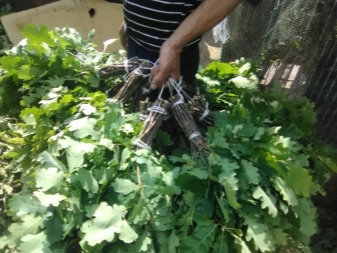
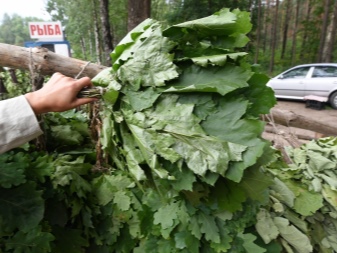
Rules of harvesting
Brooms for the bath are prepared from already mature twigs. Cut branches as far away as possible from roads and industrial areas. The optimal places for collecting are damp and vast forest belts. In this case the concentration of moisture and nutrients in the leaves and twigs will be the highest. The more massive and greener will be the crown of the tree, the better.
Very young trees growing alone are not suitable for making a broom. To be exact, it will be possible to make it, but only it will not be of any use.
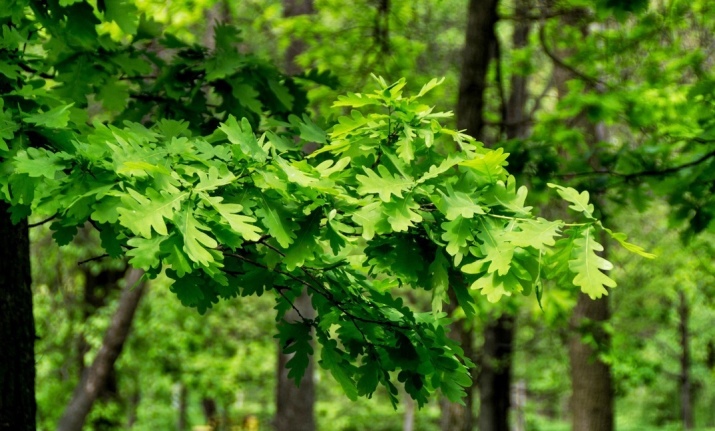
Choose branches that are 2-3 years old and cut them off carefully with a garden shear or scissors. The length should be about 50-60 cm. It is important to pay attention to the fact that the leaves were a uniform green color, with no plaque on their surface and no damage. Only in this case, the useful substances will be preserved in full.
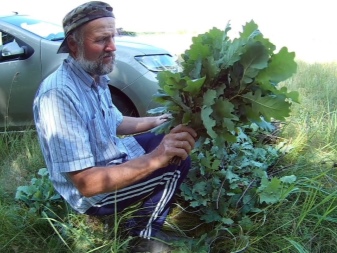
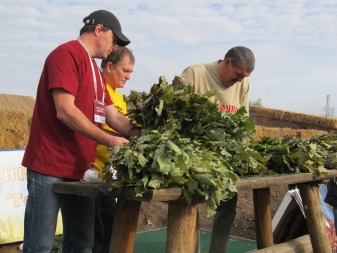
Timing
The time of collection of raw materials is another key point in the making of oak brooms for the bath. Some say that the branches are already ready to be cut at the beginning of May. The foliage is abundant and bright green at this point. This is partly true, but only in such leaves will be a low concentration of essential and tannins. After drying it will decrease even more, and in the end such a broom can be simply useless.
Professional bathhouse attendants say that the best time for harvesting is June. Previously, the oak branches were always cut after Trinity. Now it is necessary to collect from the middle of June until the end of July. The cutting rules described above must be followed.
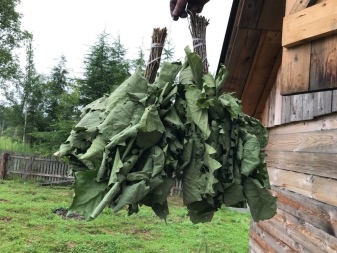
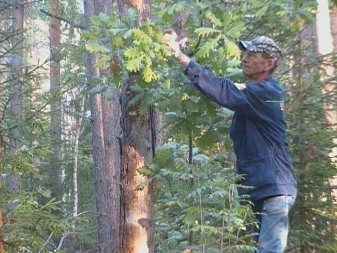
How to dry?
After the preparation of raw materials will be finished, there comes one of the difficult moments - the correct drying of twigs. After all, if you do not observe the technology, then eventually the leaves from the branches will fall off, and instead of a good bath broom you will get a bunch of bare twigs.
It is necessary to dry brooms already formed and bundled.
After collecting twigs it is necessary to sort them - twigs of the same thickness and size should be in one broom.
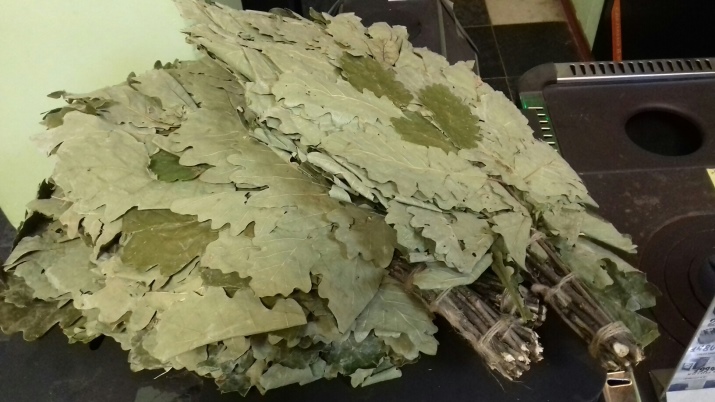
There are two ways to knit brooms.
- Even - Sprigs of the same size and thickness are simply stacked on top of each other. The thickness of the product should be such that it was convenient to hold in one hand. Such a panicle is tied twice - the first time as close to the leaves as possible. The second time about 3 cm from the end of the branches.
- Fan knotting involves overlapping oak twigs practically on top of each other. The ends without leaves should be overlapped tightly, but the leaves only partially.
Tying brooms is best done with twine.
For drying, it is necessary to choose a dry and quite warm room, without excessive dampness and humidity.
The ready broom is placed on a flat smooth surface, the leaves are smoothed, and the oppression is placed on top. This can be clean boards, large books or boxes weighing 3 kg.
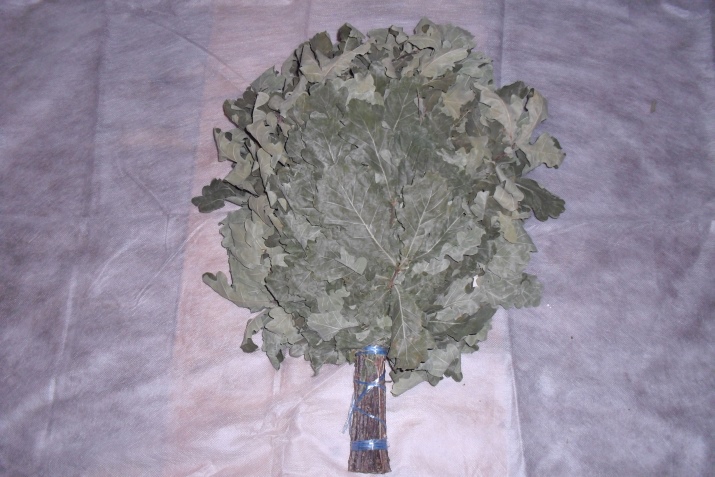
After 3-5 days the billet is taken out from under the oppression and hung up on a clothesline in the same room. During drying the brooms should not touch each other and direct sunlight should not fall on them.
In the old days in villages we dried brooms in hay. For this purpose, fresh well-dried hay was spread evenly in the barn. Brooms were placed in an even layer on it with 0.5 m intervals, and hay was piled on all sides. Once a week the hay was removed, the brooms were turned over and checked for moisture and weeds. The spoiled ones were removed, and the rest were re-laid with clean hay.
There is another way of drying.
- The formed brooms are first hung on the stretched twine. The distance between them is about 50 cm.
- Then they are put in a pile so that the air can freely circulate between them.
- Every two days brooms should be turned over so that they dry out evenly.
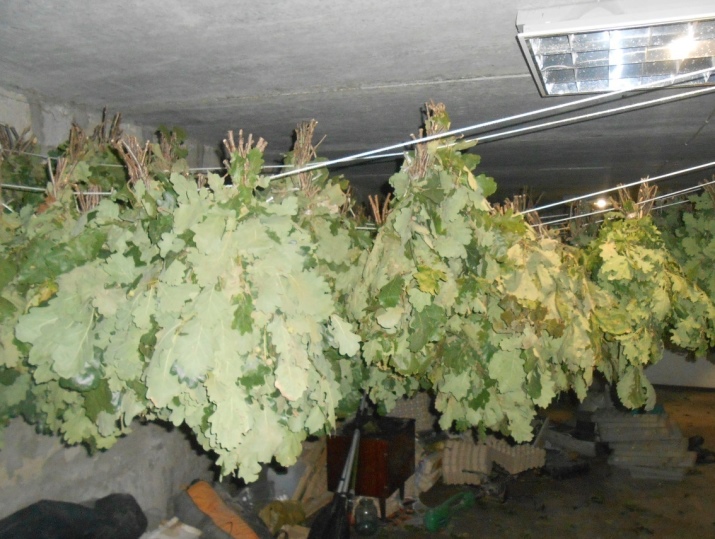
When the drying process is finished, each broom should be hermetically packed in polyethylene film.
It will protect the product from excessive moisture or, on the contrary, from excessive drying out. Store them in a dry and well-ventilated room, in which there are no objects and things with a strong odor.
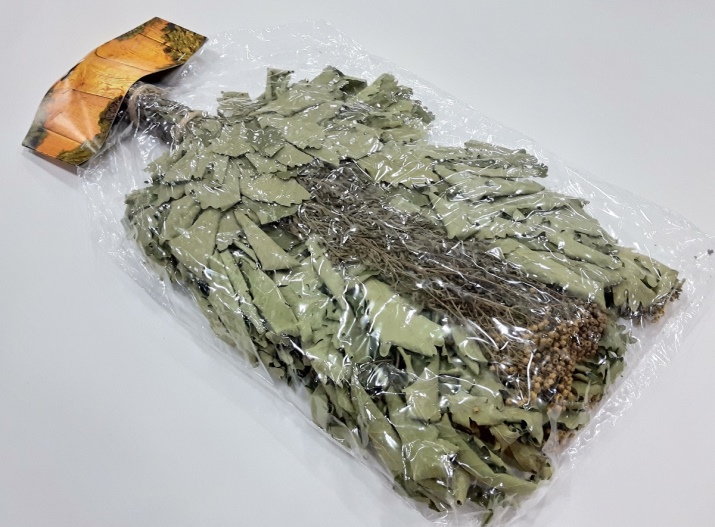
Methods of steaming
Before visiting the bath, the oak broom should necessarily be prepared - rinse and soak. If it is dry, then there will be no benefit from its use, but only harm.
There are several ways to steep a broom.
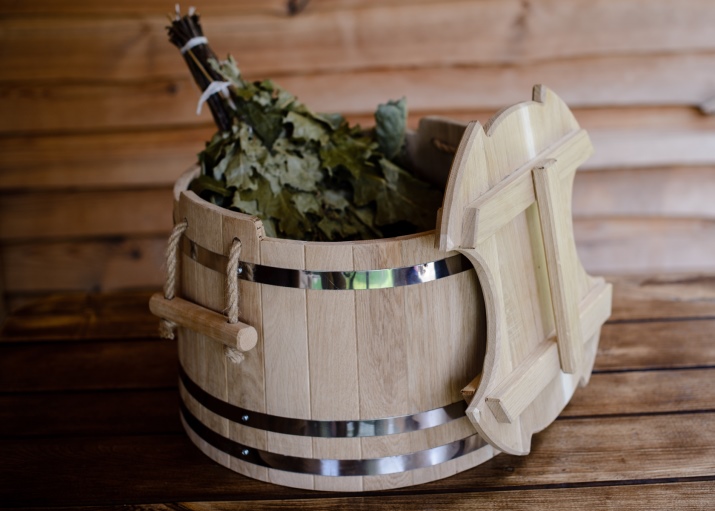
Preparing in the evening.
This option is considered the most preferable by professional bath attendants - a long preparation contributes to a better softening of oak twigs and a more effective effect of tannins and essential substances in the steaming process. The procedure is as follows:
- the broom is rinsed with cool water - this helps to remove dust and dirt from the surface of the leaves;
- Then it is placed for half an hour in warm water;
- after that, boiling water is poured into a deep basin, the broom is lowered into it, and the second basin is placed on top;
- half an hour before the visit of the steam room the product is taken out and heated evenly on the coals or the boiler tube.
And only after such preparatory procedures it will be ready for use.
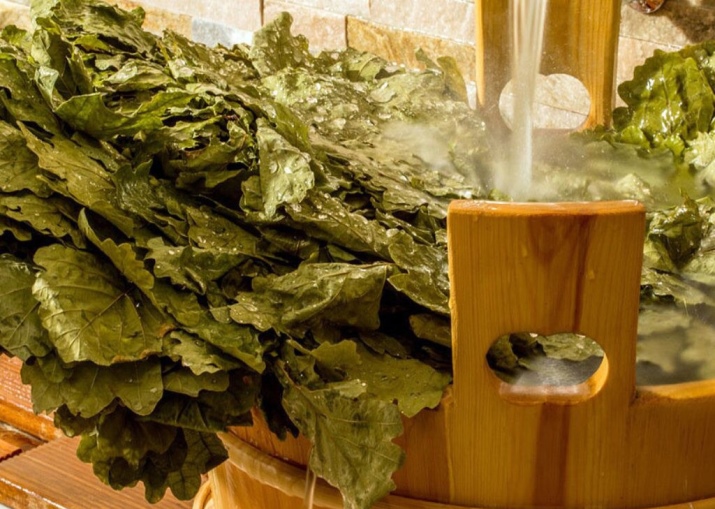
Professional bathhouse attendants advise to put the broom into a bag after taking it out of the water for 20 minutes and leave it in this form for 30 minutes before heating it on the coals.
This way the branches and leaves will be filled with moisture and become more supple and fragrant.
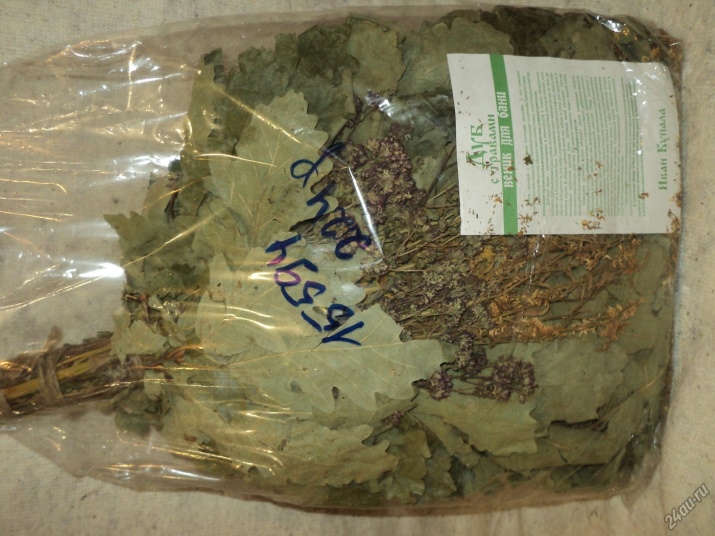
Quick steaming
In this case, already in the bath, the broom is dipped into boiling water. In 10 minutes we take it out and glow on coals. Then we again put it into the boiling water and again on coals. And so repeat 3 times.
But it should be understood that such preparation of the broom significantly reduces its lifetime. At the same time, the quality, or rather, its useful properties do not deteriorate.
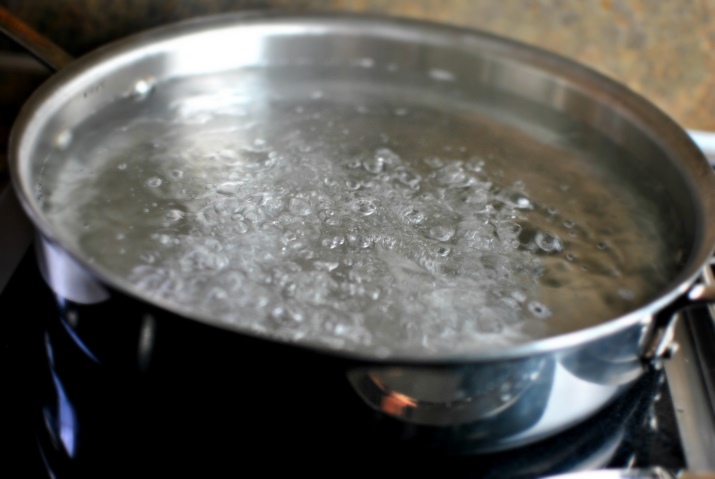
Preparation for multiple use
Let us note at once that such a variant is undesirable. With each use of a broom, its condition and useful qualities decrease and deteriorate. The optimal option is to use oak broom 2-3 times in preparation from the evening.
But in some cases it can be used up to 10 times when soaked in cold water. In this case, 8-10 hours before using, the broom is completely poured with ice water. And only just before using it, it is heated in boiling water or on coals.
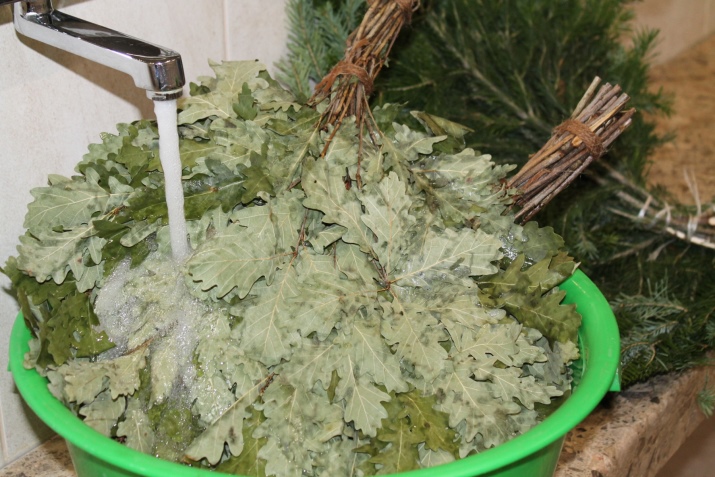
What is the right way of steaming?
In order to get the maximum benefit from using an oak broom, it is also necessary to use it correctly.
- Light massage movements. The broom is moved from the head to the tips of the finger and back. The movements should be smooth and the broom should not be raised high.
- Steam compress helps to relax muscles and relieve pain in them. To do this, the broom as if grasping the hot air and gently directing it to the lower back area. The movement is repeated up to 5 times.
- Stretching is performed with two prepared brooms. First they are both placed on the lower back. Then they are moved simultaneously: one is directed to the head and the other to the heels. The product will almost never rise from the skin. If it suddenly gets too hot, you have to dip them in cool water.
- The whipping and spanking movements should alternate with each other. They represent a light patting of the body with a broom with changing intensity and height of its rise. The product is lifted and lowered onto the body without much effort.
- Light whisking is a barely perceptible touching of areas of the body with the broom.
- Shaking is the hottest moment, suitable only for absolutely healthy people. The broom is dipped into the cool water, then it is swung wide and easily falls on the skin. That is, a hot stream of steam and cool drops of water hits the body.
- Stroking is the final stage. The leaves of the broom are pressed against the body with the fingers of the hands and rubbed.
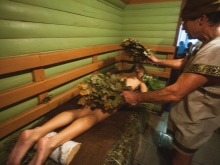
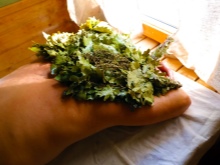
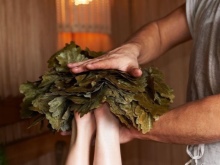
This is what a full cycle of visiting the steam room with an oak broom looks like. But here it is important to understand that it is not necessary to perform all the procedures during each visit to the sauna.
It is necessary to start with 1-3 actions, little by little increasing the time of bathing and the time of using the broom.
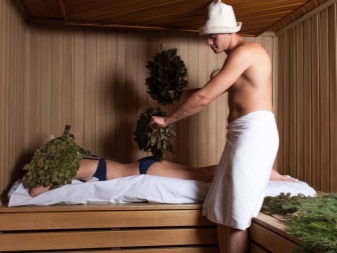
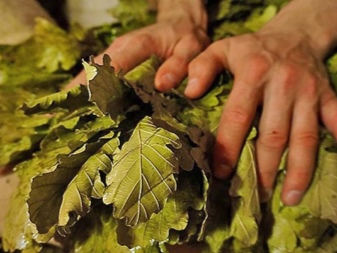
Storage
The best storage options today are recognized vacuum bags or blast freezing products. If there is no such a possibility, dried brooms are placed in paper or polyethylene bags. They, in turn, are placed on racks in dry and cool odor-free rooms.
The products can also be stored simply arranged on racks in dry rooms. But in this case, they should be turned over daily and checked for damage or lack of damp spots.
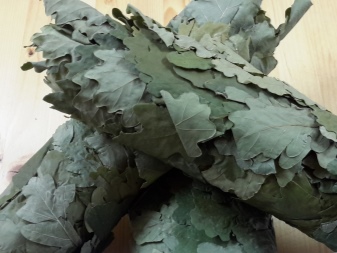

Reviews on the use of oak brooms in the absence of contraindications are exclusively positive. People note an improvement in well-being, an increase in skin tone and a burst of energy. At the same time, according to them, regular use of the product can improve the condition of the skin and normalize the sebaceous glands.
Oak broom is a kind of medicine for body and soul. But only if you observe all the recommendations on its use.
How to make and store oak brooms, see below.




